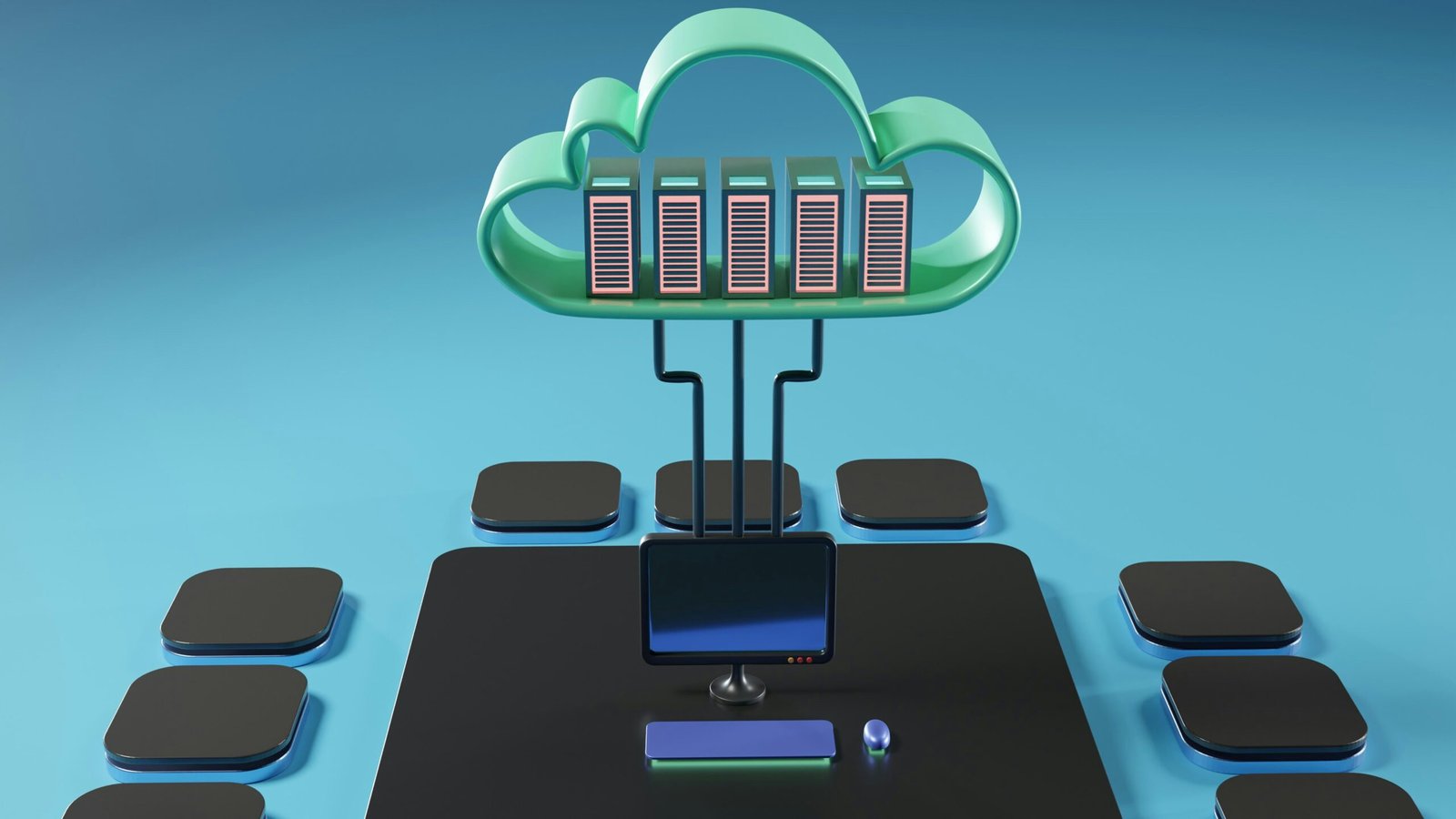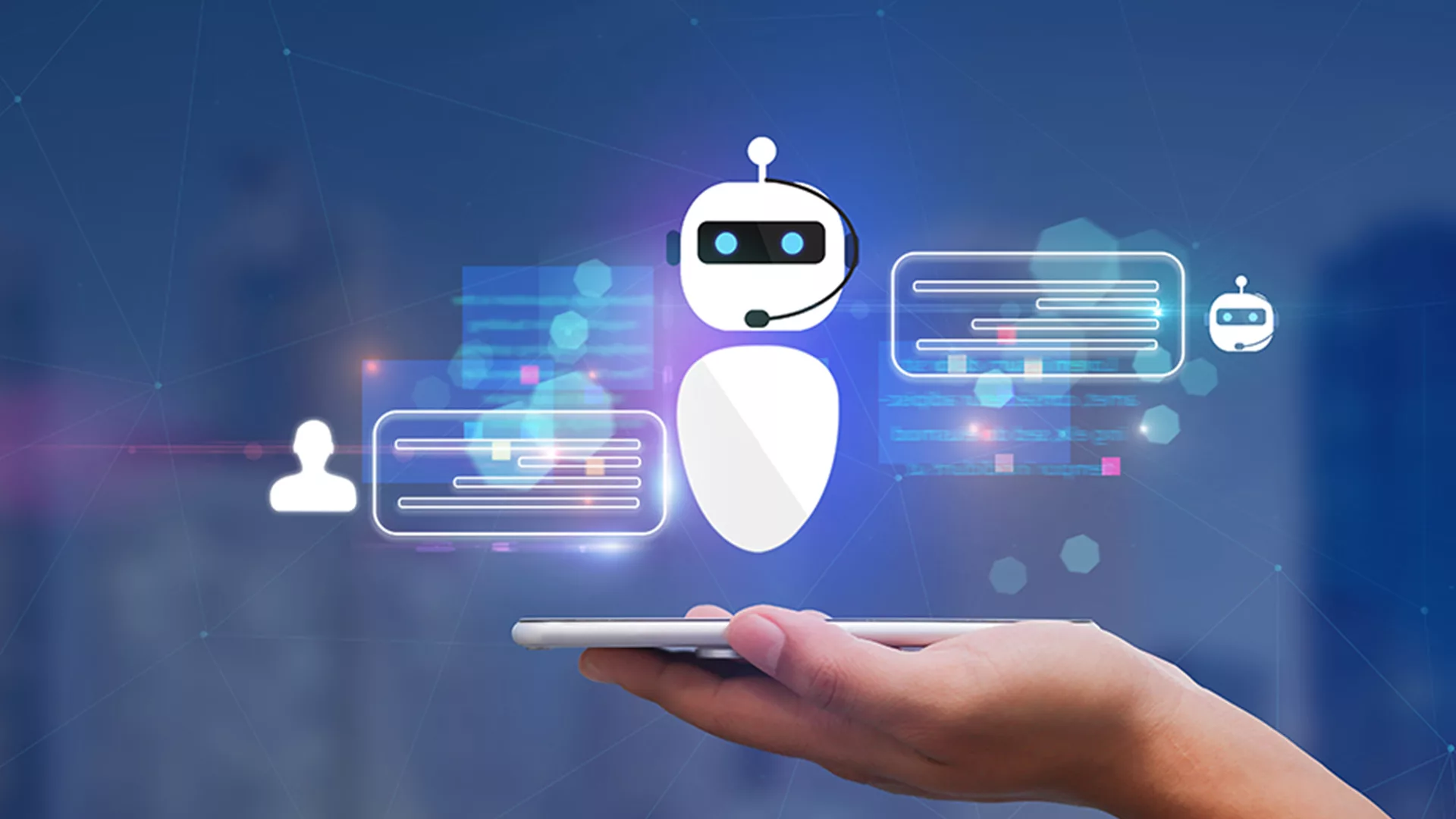Understanding ERP Modernization
Enterprise Resource Planning (ERP) modernization is a transformative process that adapts current ERP systems to meet the evolving demands of businesses in today’s fast-paced environment. This approach is particularly relevant as organizations increasingly transition from traditional on-premises systems to cloud-based solutions. The significance of ERP modernization cannot be overstated; it is essential for maintaining competitiveness and operational efficiency. As market dynamics shift and consumer expectations evolve, businesses must leverage modern technology to stay relevant.
One of the primary driving forces behind ERP modernization is the necessity for greater scalability. Cloud-based ERP solutions offer organizations the ability to scale operations up or down seamlessly, depending on their requirements. This flexibility allows businesses to respond to market changes and growth opportunities without the constraints of outdated on-premises infrastructure. Additionally, modern ERP systems provide enhanced mobility, enabling employees to access crucial data and applications from anywhere, thereby facilitating a more agile workforce.
Another critical aspect of ERP modernization is cost efficiency. Traditional ERP systems often require substantial capital investments in hardware and software, along with ongoing maintenance costs. Conversely, cloud-based ERP solutions typically operate on a subscription model, allowing businesses to forecast expenses more accurately while reducing upfront financial commitments. This shift not only conserves capital but also reallocates resources toward innovation and strategic initiatives, further driving competitive advantage.
Additionally, modernized ERP systems come equipped with advanced technologies such as artificial intelligence, machine learning, and analytics. These capabilities empower organizations to gain deeper insights into their operations, optimizing processes, enhancing decision-making, and improving overall business performance. Therefore, as businesses navigate the complexities of the digital age, embracing ERP modernization becomes a vital step in achieving long-term success.
The Role of Cloud Technology in ERP Systems
Cloud technology has significantly transformed Enterprise Resource Planning (ERP) systems, marking a shift from traditional on-premise solutions to cloud-based deployments. This transition allows businesses to leverage various cloud deployment models, namely public, private, and hybrid clouds, each offering unique benefits tailored to organizational needs. Public clouds provide scalability and cost-effectiveness, making them suitable for small to medium-sized enterprises. On the other hand, private clouds ensure greater control and security, appealing to larger corporations and those in regulated industries. Meanwhile, hybrid models offer a blend of both, allowing organizations to customize their ERP systems while maintaining flexibility in data management.
The advantages of cloud-based ERP solutions extend beyond just deployment models. One notable benefit is the ease of access afforded by these systems; stakeholders can access real-time data analytics from anywhere, enabling informed decision-making and enhanced operational efficiency. This accessibility empowers employees, as they can work collaboratively regardless of their physical locations, ultimately driving innovation within the organization.
Additionally, cloud technology enhances security features inherent in ERP systems. Many cloud service providers implement advanced security measures such as data encryption, multi-factor authentication, and regular security audits, ensuring that sensitive business information remains protected from potential threats. However, organizations also face challenges during the transition to cloud-based ERP, including data migration complexities and ensuring seamless integration with existing systems. Proper planning and execution are essential to mitigate these risks and maximize the potential of new cloud technologies.
In conclusion, cloud technology plays a pivotal role in modernizing ERP systems, offering businesses an array of deployment options and tangible benefits. While there are challenges to overcome, the advantages provided by cloud-based ERP solutions position organizations for growth and enhanced performance in a rapidly changing business landscape.
Key Steps for Successful ERP Modernization
Modernizing an Enterprise Resource Planning (ERP) system is a multifaceted endeavor that requires careful planning and execution. Organizations aiming for a successful transition should adopt a structured approach centered around several key steps. The initial phase involves assessing the current ERP system’s efficiency. This includes a comprehensive evaluation of existing functionalities, performance metrics, and user satisfaction levels. Understanding these aspects is crucial for identifying weaknesses and areas that need improvement, laying the groundwork for a tailored modernization strategy.
Following the assessment, the next step is defining clear business objectives. Organizations must align their modernization efforts with broader strategic goals, ensuring that the new system addresses specific needs such as cost reduction, enhanced reporting capabilities, or improved user experience. Clear KPIs can be established to measure success throughout the implementation process.
The third step is selecting the right technology partners. This involves researching potential vendors who offer modern ERP solutions suitable for the organization’s unique requirements. Evaluating compatibility with existing systems and understanding the vendor’s support structure are also critical factors in the selection process. Engaging stakeholders from various departments during this selection phase ensures that all perspectives are considered, fostering buy-in for the changes that lie ahead.
Once the technology partners have been determined, creating a robust implementation plan is imperative. This plan should encompass timelines, resource allocation, and governance structures to oversee the transition. An effective implementation strategy will also prioritize change management, ensuring that users are adequately trained and supported throughout the process. Regular communication with stakeholders will facilitate a smoother transition, reinforcing the importance of their engagement. By adhering to this structured approach, organizations can position themselves for a successful ERP modernization that aligns with their objectives and enhances operational efficiency.
Future Trends in ERP Modernization
The landscape of Enterprise Resource Planning (ERP) systems is undergoing significant transformations driven by a host of emerging trends and technologies. One of the most pivotal trends is the integration of artificial intelligence (AI) and machine learning (ML) into ERP solutions. These technologies are reshaping how businesses operate, enabling smarter automation of routine tasks, predictive analytics for inventory management, and enhanced customer relationship management. As AI algorithms analyze vast amounts of data, organizations can uncover actionable insights that inform strategic decisions, ultimately improving operational efficiency.
In addition to AI and ML, data analytics is playing an increasingly crucial role in the future of ERP modernization. Businesses are now utilizing advanced data analytics tools to drive informed decision-making processes. The capacity to collect, process, and analyze data in real-time allows organizations to respond swiftly to market changes and customer demands. This trend not only enhances the accuracy of forecasting but also helps companies identify new market opportunities. By maximizing the potential of big data, organizations can tailor their offerings better and remain competitive in their respective industries.
Another vital trend is the growing focus on sustainability within ERP solutions. As businesses become more environmentally conscious, integrating sustainability features into their ERP systems is essential. This can involve tracking carbon footprints, optimizing supply chains for energy efficiency, and promoting sustainable sourcing practices. Companies that adopt sustainability within their ERP frameworks demonstrate not only compliance but also commitment to corporate social responsibility, which can enhance brand loyalty and attract environmentally aware consumers.
To stay ahead in the ever-evolving cloud landscape, organizations must be proactive in adopting these trends. This includes investing in technology that supports AI and data analytics, as well as prioritizing sustainable practices. By aligning their ERP modernization efforts with these emerging trends, companies can ensure their systems remain competitive, responsive, and effective in a rapidly changing market.









